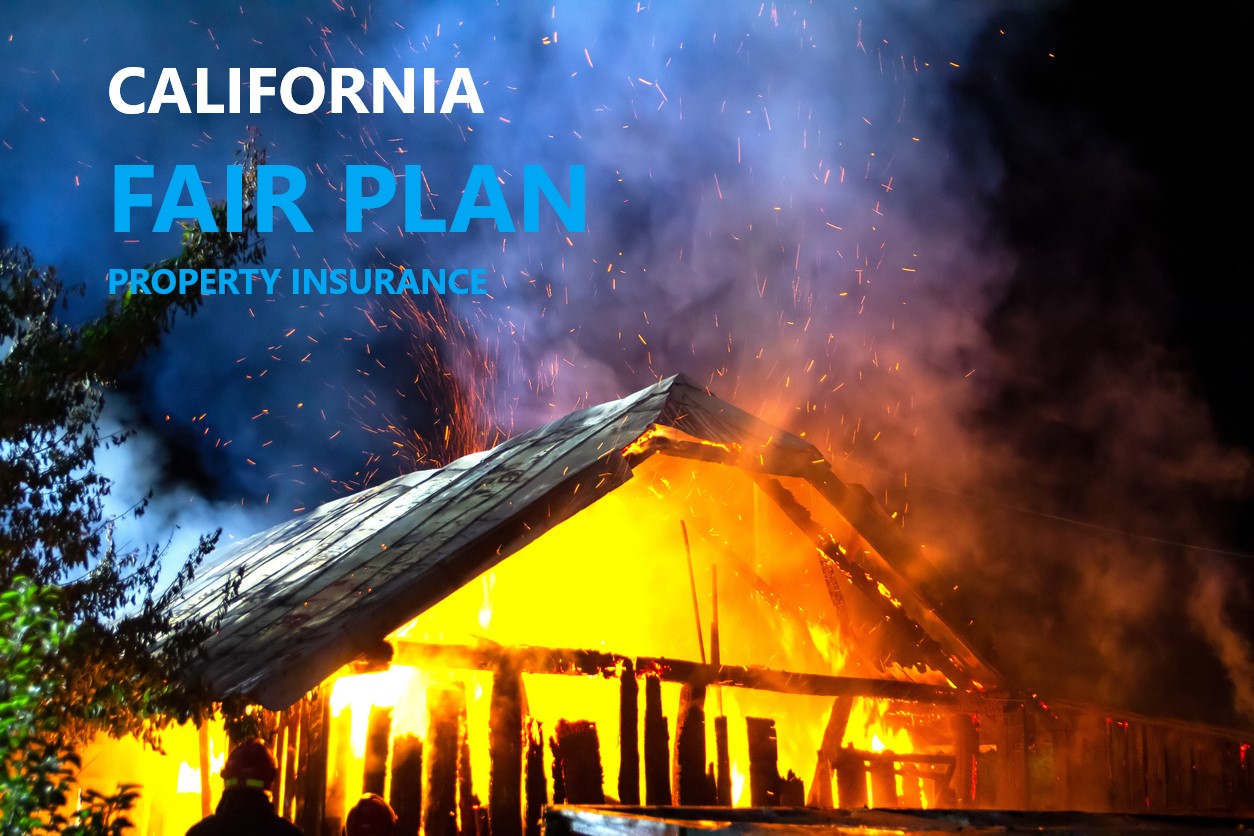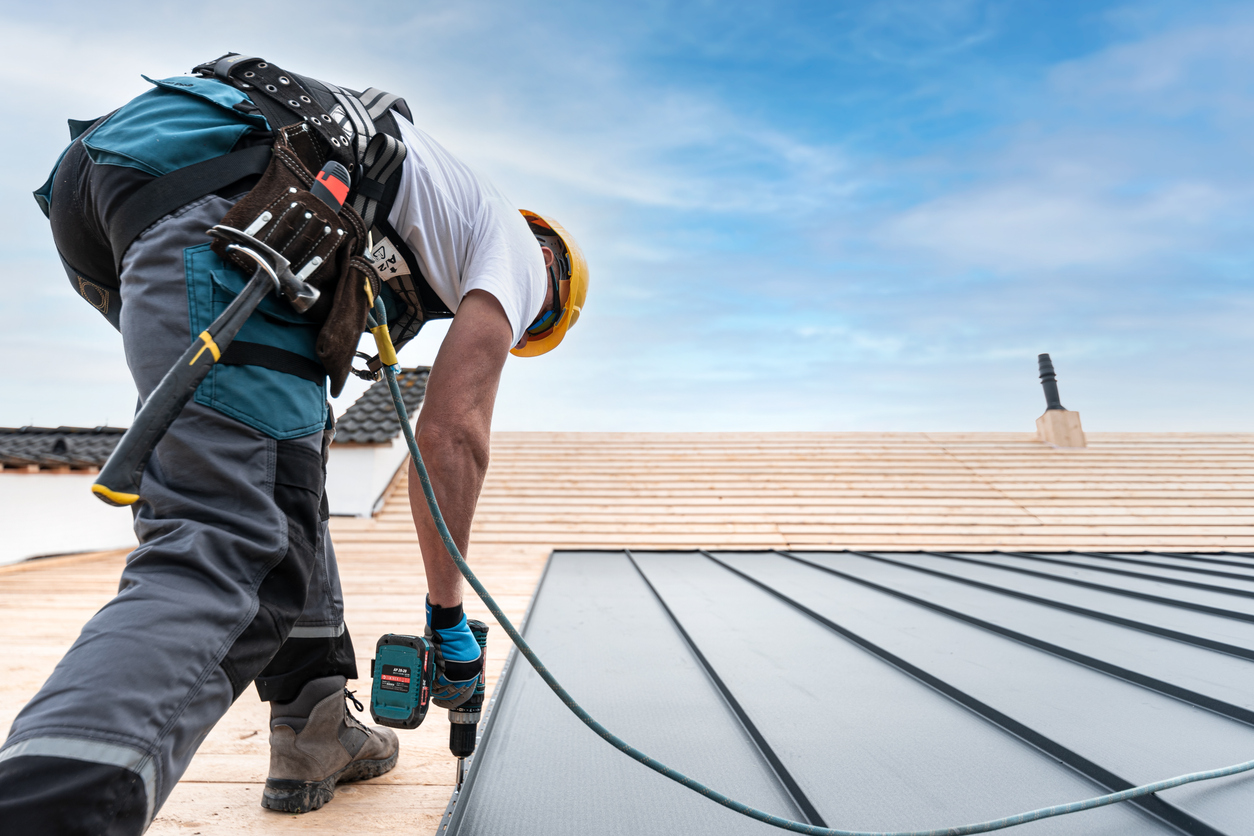Baby, it’s cold outside! A large portion of the country froze this week. When the temperatures dip, we all strive to keep our bodies and our furry friends warm, but what about our property? No one wants to wake up or come home to a water loss caused by a busted pipe, but if you do, coverage is often available. Coverage may turn on whether reasonable care was taken to prevent a loss to your home, rental property, office, or business. It is imperative for all to read and understand whether their insurance coverage will cover the damages.
Here are some tips from KTVN on preventative measures for freezing temperatures:
• Keep your thermostat set at the same temperature during both day and night. You might be in the habit of turning down the heat when you’re asleep, but further drops in the temperature – more common overnight – could catch you off guard and freeze your pipes.
• If you will be away from home- set the thermostat in your house no lower than 55°F (12°C). Ask a friend or neighbor to check your house daily to make sure it’s warm enough to prevent freezing and shut off and drain the water system. Be aware that if you have a fire protection sprinkler system in your house, it may be deactivated when you shut off the water
• Open cabinet doors to allow heat to get to un-insulated pipes under sinks and appliances near exterior walls.
• A trickle of hot and cold water might be all it takes to keep your pipes from freezing. Let warm water drip overnight, preferably from a faucet on an outside wall.1
Now, if you have a claim for water damage from a broken pipe, be sure to understand your insurance policy. Here is an example of coverage for damage caused by a frozen pipe burst. ISO (Insurance Service Office) Homeowner’s form (H0 00 03 10 00):
Section 1 –PROPERTY COVERAGES
A. Coverage A – Dwelling
We cover:
a. The dwelling on the residence premises shown in the Declarations, including structures attached to the dwelling…
Section I PERILS INSURED AGAINST
A. Coverage A- Dwelling and Coverage B- Other structures
1. We insure against risk of direct physical loss to property described in Coverages A and B,
2. We do not insure, however, for loss:
c. Caused by:(1) Freezing of a plumbing, heating, air conditioning or automatic fire protective sprinkler system or of a household appliance, or by discharge, leakage or overflow from within the system or appliance caused by freezing. This provision does not apply if you have used reasonable care to a. Maintain heat in the building; or b. Shut off the water supply and drain systems and appliances of water. (emphasis added)
However, if the building is protected by an automatic fire protective sprinkler system, you must use reasonable care to continue the water supply and maintain heat in the building for coverage to apply.
For the purposes for this provision a plumbing system of household appliance does not include a sump, sump pump, or related equipment or a roof drain, gutter, downspout or similar equipment.
After reading your own policies, make sure you use and can document reasonable care. But what happens when the property is not your home, but a rental property? Recently, the FC&S Bulletin answered a question for a Massachusetts subscriber who’s tenant failed to fill the oil tank used for maintaining heat.
Q. Frozen Pipes in Rented Dwelling
My client experienced a loss due to a freeze-up of pipes at a property she owns. The single family house was rented to an individual for several years, with the tenant paying for all utilities, including electricity and heating oil. Apparently, the tenant stopped paying for oil delivery; this resulted in an empty oil tank and subsequent freeze-up and bursting of pipes in the plumbing system and ensuing water damage. My client was completely unaware of these events and only discovered the problem when she had the tenant evicted for nonpayment of rent several months later.
The policy in effect is DP 00 03 (o7 88). It excludes freeze-up claims unless ″you have used reasonable care to maintain heat in the building, or shut off the water supply″. Presuming these circumstances are accurate, if a tenant is responsible for supplying oil and fails to do so and a loss occurs, would the exclusion apply?
FC&S explains why there was coverage for the loss.
The exclusion is for freezing only while the premises is vacant, unoccupied, or being constructed, unless the insured has used reasonable care to maintain heat. The property was not vacant; it was occupied, albeit by a negligent renter. Therefore, the freezing exclusion does not apply. The insured reasonably believed that the tenant was paying for and having heat supplied to the house, the way most tenants do. The loss should be covered.
The key to this response is that the policyholder ensured the property was given reasonable care. For example, the insured had a tenant living in the property, and the tenant had taken care of the property for several years. Their agreement was for the tenant to supply the utilities. The fact that the tenant missed an oil tank payment was outside of the realm of the policyholder’s control.
Insurance policies won’t specify the temperature needed to meet the reasonable care standard. After living in Michigan for more than twenty years, I can tell you people have different definitions of warm and cold. So what thermostat setting is enough heat? The FC&S has also weighed in on this issue and tells us there is no insurance standard. “The Institute for Business and Home Safety recommends no lower than 55 degrees, and other internet sources seem to concur that 50-55 is about as low as you can reasonably go. Since there is no standard, however, and the insured was attempting to keep the pipes from freezing at the lowest expense, the loss should be covered.”
Stay warm readers, whether you are in Boston, Wisconsin, New York, New Jersey, or any other state, I invite you post your experiences with frozen pipe claims here.
1 Provided by http://www.ktvn.com/story/20556522/water-losses-from-burst-frozen-pipes-most-common-in-mountain-towns



